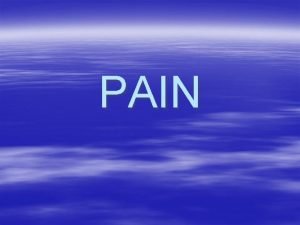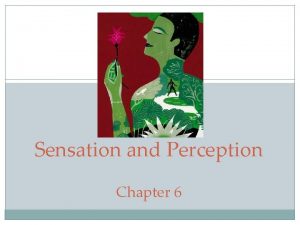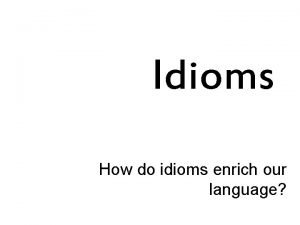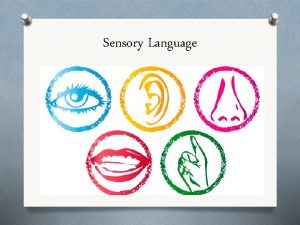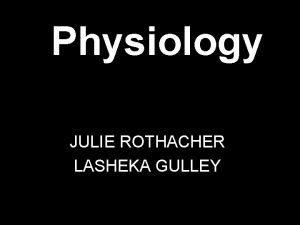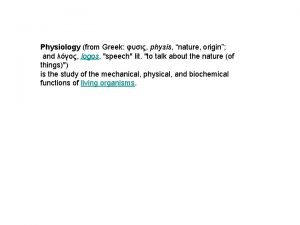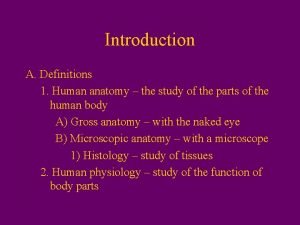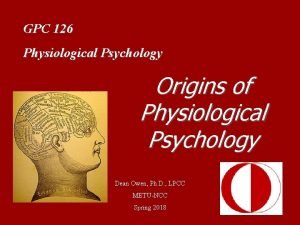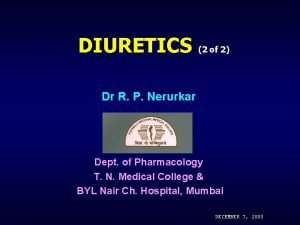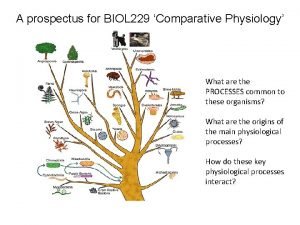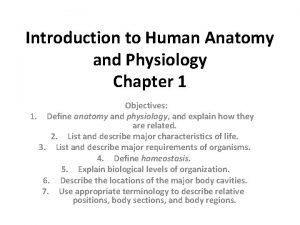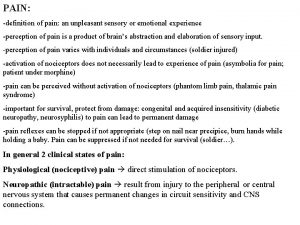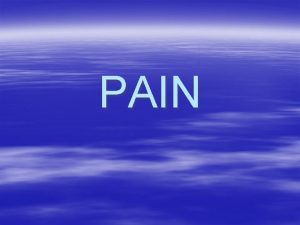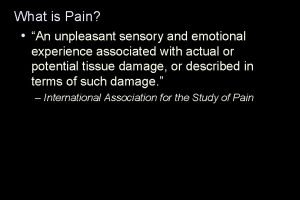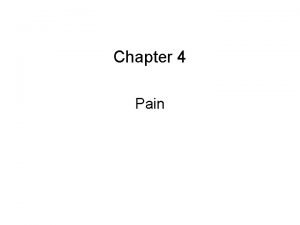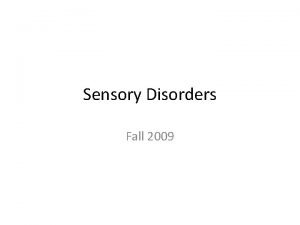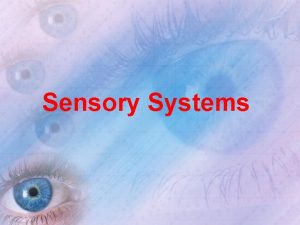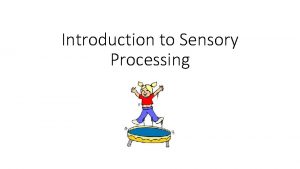Physiology of pain Pain definition An unpleasant sensory





















- Slides: 21

Physiology of pain

Pain definition • An unpleasant sensory or emotional experience associated with actual or potential tissue damage

• Is there any significance of pain? Biological Protective

Pain responses • Sensory response • Motor response • emotional response


Neuroanatomy of pain The portions of the nervous system responsible for the sensation and perception of pain may be divided into three areas: 1. afferent pathways 2. CNS 3. efferent pathways The afferent portion is composed of: a) nociceptors (pain receptors) b) afferent nerv fibres c) spinal cord network

Afferent pathways terminate in the dorsal horn of the The portion of CNS involved in the interpretation of the pain signals are the limbic system, reticular formation, thalamus, hypothalamus and cortex ● The efferent pathways, composed of the fibers connecting the reticular formation, midbrain, and substantia gelatinosa, are responsible for modulating pain sensation

Sensory Receptors • Mechanoreceptors – touch, light or deep pressure – Meissner’s corpuscles (light touch), Pacinian corpuscles (deep pressure), Merkel’s corpuscles (deep pressure) • Thermoreceptors - heat, cold – Krause’s end bulbs ( temp & touch), Ruffini corpuscles (in the skin) – touch, tension, heat; (in joint capsules & ligaments – change of position) • Proprioceptors – change in length or tension – Muscle Spindles, Golgi Tendon Organs • Nociceptors – painful stimuli

Types of nociceptors • A-delta nociceptors • C polyomodal nociceptors



Gate control theory • Until the mid 1960 s pain was thought to be a separate modality just as taste, touch, and so on are. • Melzack and Wall (1965) changed this thinking with a new theory called the Gate Control Theory of pain. • The basis of this theory allowed for the modulation of pain signals by the CNS.

THE GATE CONTROL THEORY OF PAIN


Descending inhibition mechanism

Types of pain - Physiological • – Nociceptive • – Neuropathic • – psychological - Clinical • – Acute • – Chronic • – referred

Acute versus chronic pain • Acute pain, for the most part, results from disease, inflammation, or injury to tissues. It is immediate and usually of a short duration. Acute pain is a normal response to injury and may be accompanied by anxiety or emotional distress. • Chronic pain is continuous pain that persists for more than three months, and beyond the time of normal healing. . The cause of chronic pain is not always evident, although it can be brought on by chronic conditions such as arthritis and fibromyalgia. Chronic pain can often interfere with a patient’s quality of life, sleep, and productivity.

Referred pain



 Unpleasant sensory and emotional experience
Unpleasant sensory and emotional experience Fall was inevitable and unpleasant
Fall was inevitable and unpleasant Theory of unpleasant symptoms
Theory of unpleasant symptoms Theory of unpleasant symptoms
Theory of unpleasant symptoms Stress that comes from unpleasant situations is known as
Stress that comes from unpleasant situations is known as David lewis mad pain and martian pain
David lewis mad pain and martian pain Sign vs symptom
Sign vs symptom Period vs pregnancy symptoms
Period vs pregnancy symptoms Sensory
Sensory Recognizing imagery
Recognizing imagery Sensory adaptation definition
Sensory adaptation definition Sensory language definition
Sensory language definition Elements of poetry definition
Elements of poetry definition Sensory language definition
Sensory language definition Julie gulley
Julie gulley Physis definition
Physis definition Physiology definition
Physiology definition Definition of physiology
Definition of physiology Mannitol uses
Mannitol uses Animal physiology guyton
Animal physiology guyton Comparative physiology definition
Comparative physiology definition Anatomical position def
Anatomical position def
